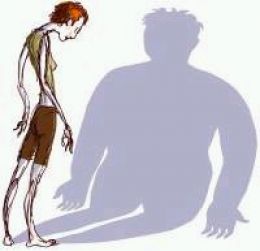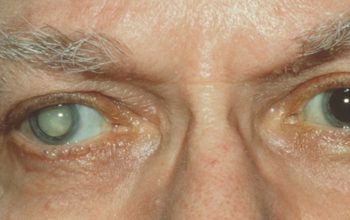The worst thing about males with eating disorders can be avoiding or refusing treatment.

The following written content from Michelle Tauber
“I’ve been practicing for over 20 years, and I’ve never seen such a stark increase in need,” says Alice Baker, an Orlando-area certified eating disorder registered dietitian. “So many of the support systems that typically aid in someone’s recovery are not there.”
Oona Hanson, a parent coach in private practice and family mentor at Equip, an eating-disorder treatment program, describes the current crisis as “the perfect storm: social isolation, disruption in routine, empty grocery store shelves.”
Then, she adds, “the ‘Quarantine 15’ memes started, along with a lot of fat-phobia and anxiety about weight being related to COVID risks. What starts out as a fitness routine to help someone fill the time or boost their mood can snowball when there’s not much else for kids to do.”
Often “doctors don’t think to evaluate a male child for eating disorders,” says Hanson—despite the fact that a recent study shows that one in seven males will experience an eating disorder by age 40. What’s more, “the most common pathway for a lot of kids developing eating disorders is ‘healthy eating.’ ”
Sean Canfield, 24, was 14 when he was hospitalized after suffering heart damage from anorexia — an illness that was set in motion after he tried out for his middle-school wrestling team.
The coach “did the caliper test,” the Orlando-based Canfield tells PEOPLE in this week’s issue. “They grab your skin to see how much fat you have.” Before that moment, “I had always thought of myself as physically fit and athletic,” he says. “I left there not quite feeling so much like that.”
When Canfield began seeing changes in his body, “At first I really liked it,” he says. Then several muscle injuries sidelined him from sports, “and I was trying to manipulate the only thing I really did have control over during that time, which was my diet,” he recalls. “I became really focused on everything I ate, and it had to be perfect, and it couldn’t have anything perceived ‘unhealthy’ about it. I was like, ‘Fats — no, I can’t touch that. Carbs, no.’ ”
A visit to Canfield’s pediatrician in 2013 revealed a heart arrhythmia, and an emergency hospitalization followed.
After four months of in-patient treatment at Rogers Behavior Health, including nutritional rehabilitation and intensive behavioral therapy, “I learned a lot of skills that helped me deal with all the bad thoughts,” says Canfield. “When you are starved, your brain chemistry is all over the place. For me, instead of something that gives nourishment and happiness, food became a way of asserting control, so I had to flip all of that.”
Still, even after leaving the clinic, his recovery required a support team of out-patient providers who specialized in eating disorders. (A treatment team often includes a psychiatrist, therapist, dietitian and pediatrician.) “These are very serious illnesses,” says Hanson, who notes that after opioid addiction, eating disorders are the most fatal mental illness. “If you went to the doctor with any other potentially fatal illness, your primary care physician would refer you to a specialist. Eating disorders require specialized treatment from trained professionals.”
Today, Canfield is applying to medical school. He acknowledges that for many years, he was “really scared” to share his journey with others — “Eating disorders counter everything you’re told is masculinity in our culture” — but eventually, he says, “I got tired of that. I want people to know that when you have an eating disorder, you can be more — you can have a future. Read more from People





